Inside brain cells, errors in DNA can accumulate as we age. But in patients with Alzheimer’s disease, these errors — known as somatic mutations — may build up at a faster rate.
Year: 2022
Assessing risk of myocarditis following SARS-CoV-2 vaccination
What The Study Did: The risks of myocarditis and pericarditis after SARS-CoV-2 mRNA vaccinations were assessed by vaccine, dose number, sex and age among 23.1 million residents of Denmark, Finland, Norway and Sweden. Authors: Rickard Ljung, M.D., Ph.D., M.P.H., of the Swedish…
Making a Game of It: Contests Help New Moms Increase Their Steps
Study Used Wearable Tech to Foster Activity in High-Risk, Diverse Populations
GW Expert Available to Discuss French Election
WASHINGTON (April 20, 2022)—On Wednesday, French President Emmanuel Macron and his far-right challenger Marine Le Pen square off in a high-stakes debate seeking to sway undecided voters with just days left before the second and final round of the presidential…
Unionized Nursing Homes Experienced Lower COVID-19 Resident Mortality and Worker Infection Rates
Residents and workers at unionized nursing homes experienced lower mortality and infection rates during the COVID-19 pandemic, according to a study published in the journal Health Affairs.
Data Deep Dive
A new tool makes high-resolution imaging data on human tissues easier to understand and use
Endocrine Society opposes Florida Department of Health policy on gender dysphoria treatment for children and adolescents
The Endocrine Society objects to the Florida Department of Health’s bulletin on gender-affirming care for transgender and gender-diverse youth. The bulletin contradicts the U.S. Department of Health & Human Services’ resources and the Society’s own evidence-based Clinical Practice Guideline regarding gender-affirming care.
Warming climate and agriculture halve insect populations in some areas
Climate change and intensive agricultural land use have already been responsible for a 49% reduction in the number of insects in the most impacted parts of the world, finds a new study by UCL researchers.
Faster Accumulation of Cardiovascular Risk Factors Linked to Increased Dementia Risk
Cardiovascular disease risk factors, like high blood pressure, diabetes, obesity and smoking, are believed to play key roles in the likelihood of developing cognitive decline, dementia, and Alzheimer’s disease. A new study suggests that people who accumulate these risk factors over time, at a faster pace, have an increased risk of developing Alzheimer’s disease dementia or vascular dementia, compared to people whose risk factors remain stable throughout life. The research is published in the April 20, 2022, online issue of Neurology®, the medical journal of the American Academy of Neurology.
Risky driving behaviors increase as common sleep disorder worsens
Up to half of older adults may have sleep apnea, a condition in which breathing and sleep are briefly interrupted many times a night. A new study from researchers at Washington University School of Medicine in St. Louis shows that this chronic tiredness can have serious implications for road safety.
For Neurons, Where They Begin Isn’t Necessarily Where They End
Scientists at UC San Diego School of Medicine and Rady Children’s Institute of Genomic Medicine describe novel methods for inferring the movement of human brain cells during fetal development by studying healthy adult individuals who have recently passed away from natural causes.
Lehmann Named to Receive Vanderbilt Prize in Biomedical Science
Ruth Lehmann, PhD, director of the Whitehead Institute for Biomedical Research in Cambridge, Massachusetts, and a world-renowned developmental geneticist, is the recipient of the 2022 Vanderbilt Prize in Biomedical Science, officials at Vanderbilt University Medical Center announced this week.
Marine microbes swim towards their favorite food
Although invisible to us, every teaspoon of seawater contains more than a million marine bacteria.
Rutgers Medical Toxicologist Available to Discuss Fentanyl as it Relates to the William Husel Murder Trial
Lewis Nelson, chair of the department of Emergency Medicine and a medical toxicologist at Rutgers New Jersey Medical School, is available to discuss the medical aspects of fentanyl in regard to the murder trial of Ohio doctor William Husel who…
Studies detail current, future obstacles to abortion care
With an upcoming U.S. Supreme Court decision that is likely to further restrict abortion access, two new studies from The Ohio State University provide insights into what additional limits on abortion care could mean, particularly for those who will have to travel across state lines.
The effects of embodying wildlife in virtual reality on conservation behaviors
AbstractEfforts to mitigate environmental threats are often inversely related to the magnitude of casualty, human or otherwise. This “compassion fade” can be explained, in part, by differential processing of large- versus small-scale threats: it is difficult to form empathic connections…
Does Medical Publishing Have a Bias Against Women Faculty?
A novel study that surveyed more than 1,000 author citations in the top three peer-reviewed international medical journals showed a significant disparity regarding women and men faculty and authorship. The findings will be published in PLOS ONE.
Explanation for formation of abundant features on Europa bodes well for search for extraterrestrial life
Europa is a prime candidate for life in our solar system, and its deep saltwater ocean has captivated scientists for decades. But it’s enclosed by an icy shell that could be miles to tens of miles thick, making sampling it a daunting prospect. Now, increasing evidence reveals the ice shell may be less of a barrier and more of a dynamic system – and site of potential habitability in its own right.
A Place to be Heard; a Space to Feel Held: Black Perspectives on Creativity, Trustworthiness, Welcome and Well-Being–Findings from a Qualitative Study
This study, a follow-up to a 2020 report that suggested that Black Americans are less likely than others to participate in the arts, seeks to better understand cultural and creative preferences among Black communities.
Stony Brook University School of Nursing Announces 50th Anniversary Gala and Names of Distinguished Alumni
Stony Brook University School of Nursing will celebrate their 50th Anniversary Gala on May 5, 2022 at Flowerfield in St. James, NY where Dr. Maurie McInnis, President of Stony Brook University and Ms. Jacqueline Routh, representing Governor Hochul’s office will speak along with campus leaders to recognize the long history of innovation in online nursing education and to celebrate 50 years of excellence in education, research, practice and community engagement.

Mark T. Gladwin, MD, to Lead University of Maryland School of Medicine
Acclaimed physician-scientist, clinician, and academic leader set to begin August 1
Wisconsin Governor Vetoes Dangerous APRN Legislation – Protects Patients in the Badger State
The American Society of Anesthesiologists (ASA) commends Wisconsin Gov. Tony Evers for his leadership and dedication to patient safety demonstrated by his veto of Senate Bill 394 (SB 394), a measure that would have significantly eliminated requirements for physician collaboration with all advanced practice registered nurses (APRNs), including nurse anesthetists.
Natural History Museum of Utah releases Triceratops Traits, a new investigation for middle school science classes
In Triceratops Traits, students work alongside paleontologists to solve an evolutionary mystery by analyzing and interpreting data from the fossil record under the premise that natural laws have operated the same throughout the history of life on Earth to fit 7th grade learning standards in Utah and 6th-8th grades around the U.S.

Protected areas don’t always boost biodiversity
Protected areas such as national parks have a “mixed impact” on wildlife, according to the largest ever global study of their effects.
ASU names new sustainability building after Rob and Melanie Walton
In recognition of the commitment and investment of Rob and Melani Walton, ASU’s newly opened Interdisciplinary Science and Technology Building 7 was named for the Waltons during a building dedication on Tuesday, April 19.

Astronomers discover new type of stellar explosion called micronovae
Astronomers have discovered a new kind of stellar explosion that could be commonplace in the universe and may change our understanding of how eruptions in stars occur.
New accelerator at Fermilab approved for construction start
The Department of Energy has formally approved the start of full construction for the PIP-II project, an upgrade to the Fermilab accelerator complex that includes a new linear accelerator. PIP-II is an essential enhancement that will power the world’s most intense high-energy neutrino beam. It is the first particle accelerator built in the United States with significant contributions from international partners.
Impact of family background on children’s education unchanged in a century, research reveals
The family background of UK children still influences their educational achievements at primary school as much as it did nearly one hundred years ago, a major new study has revealed.
Witnessing parental domestic violence in childhood linked to mental illness in adulthood
A new study from the University of Toronto found that one-fifth (22.5%) of adults who were exposed to chronic parental domestic violence during childhood developed a major depressive disorder at some point in their life.
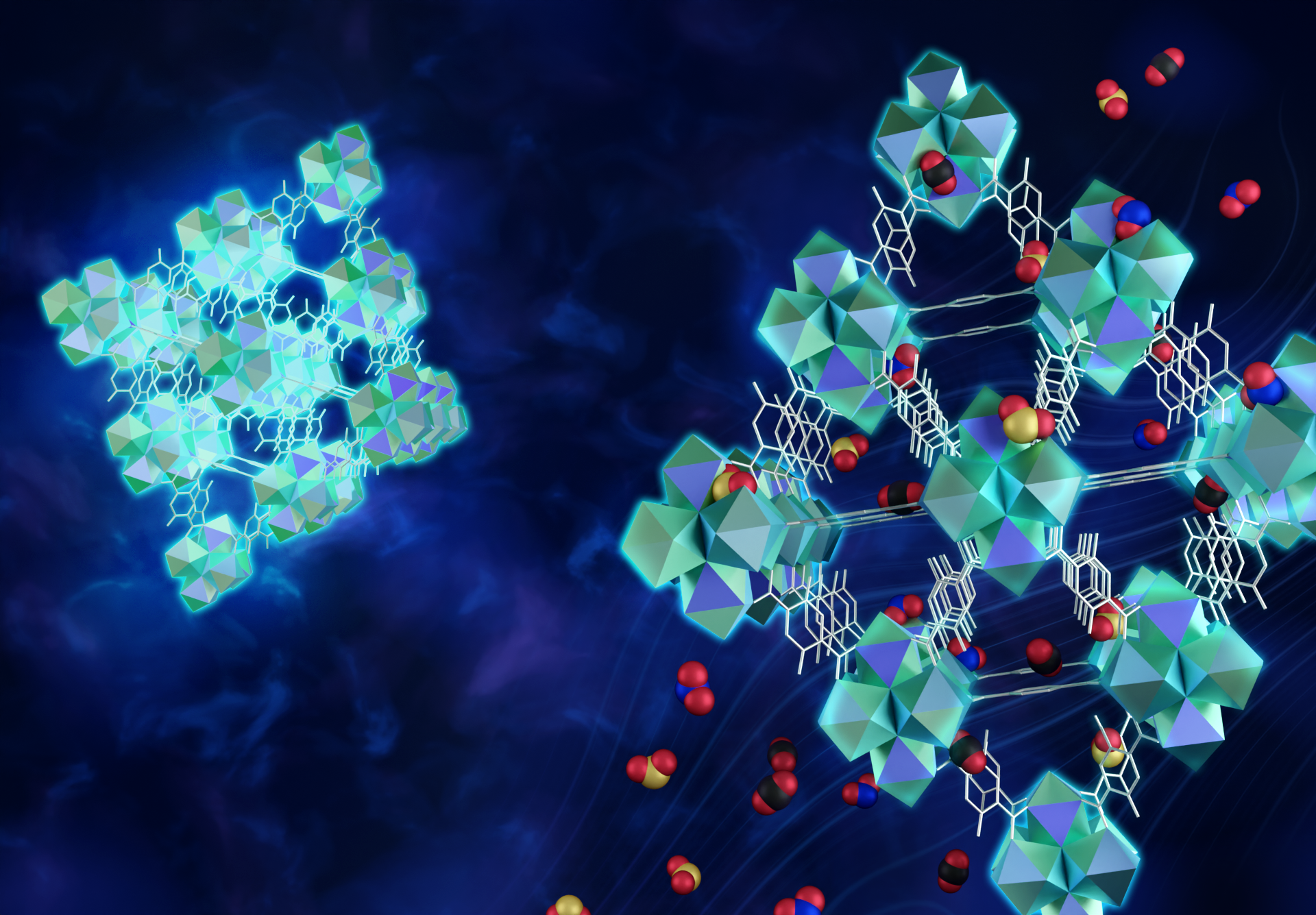
Scientists build microporous MOF traps for mitigating toxic gases
Researchers from Sandia, ORNL, and the University of Tennessee, Knoxville used neutron scattering and additional experimental techniques to study a series of materials called metal organic frameworks (MOFs) made from the entire list of rare earth elements. The researchers established a comprehensive approach to evaluating large numbers of MOFs and also made an important discovery about a defect that can be useful in building technologies to mitigate toxic gases such as nitrogen and sulfur dioxides.
PSPI Live: Test a Witness’s Memory of a Suspect Only Once
PSPI Live is an online symposium series that highlights papers published in the APS journal Psychological Science in the Public Interest (PSPI).
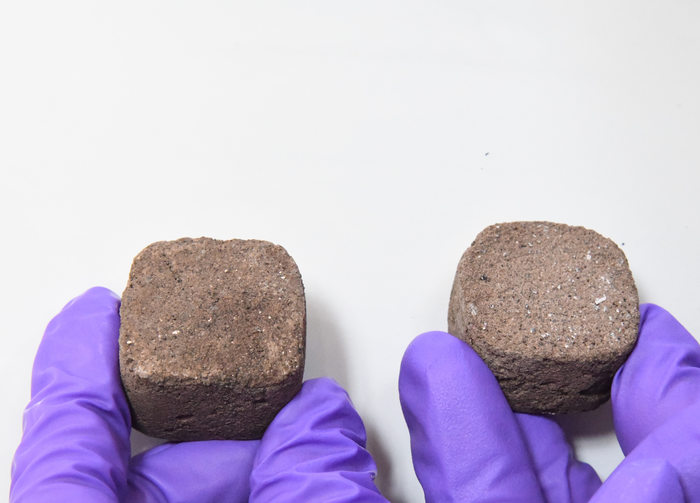
Using bacteria to build settlements on Mars
In collaboration with the Indian Space Research Organisation (ISRO), a team of researchers from the Indian Institute of Science (IISc) has developed a sustainable method for making bricks out of Martian soil, using bacteria and urea.
Multiple treatments to slow age-related muscle wasting
Everyone wants to stay fit and healthy as they grow old.
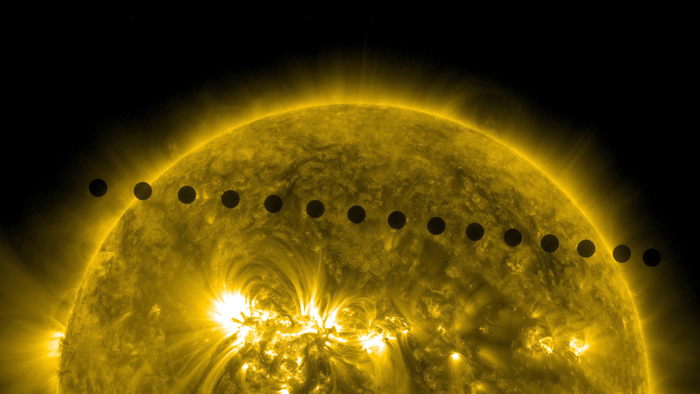
Why Venus rotates, slowly, despite sun’s powerful grip
If not for the soupy, fast-moving atmosphere on Venus, Earth’s sister planet would likely not rotate.
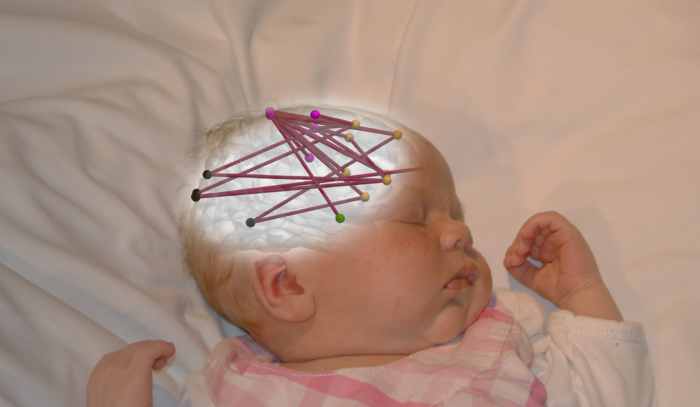
Fetal exposure to drugs may affect infants’ brain development
New study demonstrates that in utero exposure to mother’s antiepileptic or antidepressant medication may affect development of the newborn brain networks.
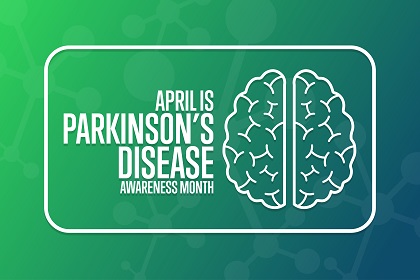
April is Parkinson’s Disease Awareness Month
Parkinson’s Disease Awareness month is dedicated to raising awareness and support for patients suffering from this progressive brain disorder. Learn more about Parkinson’s disease, treatment options and support for those with Parkinson’s.
Flexible printable electrical patches for accelerated wound healing
There are myriad ways in which people can experience physical wounds – from minor scrapes and abrasions to the effects of surgery, critical injuries, burns and other major traumas.

Study: Mediterranean-Style Diet Further Linked to Reduced Risk of Preeclampsia in Pregnant Women of All Races
A new Johns Hopkins Medicine study that surveyed a racially diverse group of more than 8,000 women has added to evidence that following a Mediterranean-style diet could lower the risk of preeclampsia by at least 20%.
IAFNS and Arkansas Children’s Nutrition Center Team Up for 3-Part Webinar Series
Join scientists as they share the latest nutrition research on physical activity, gut and brain, and maternal and child diets.
Einstein Aging Study Receives $32 Million Grant to Study Alzheimer’s Disease
To help address the rising tide of Alzheimer’s disease nationwide, researchers at Albert Einstein College of Medicine in collaboration with faculty at Pennsylvania State University and other institutions, have received a five-year, $32 million grant from the National Institutes of Health (NIH) to support the ongoing Einstein Aging Study (EAS), which focuses on both normal aging and the special challenges of Alzheimer’s disease, and other dementias. EAS was established at Einstein in 1980 and has been continuously funded by the NIH.
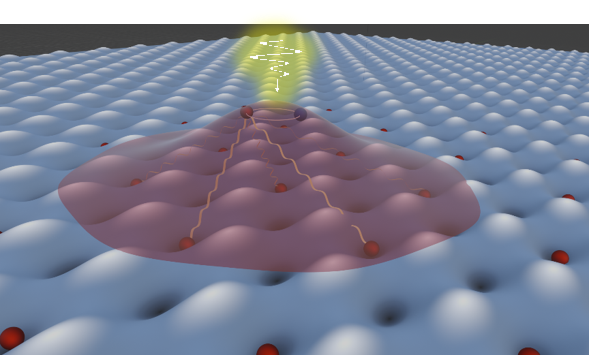
Lasers trigger magnetism in atomically thin quantum materials
Researchers discovered that light can trigger a form of magnetism in a normally nonmagnetic material. This magnetism centers on the behavior of electron “spin.” By controlling & aligning electron spin at this level of detail & accuracy, this platform could have applications in quantum computing & simulation.
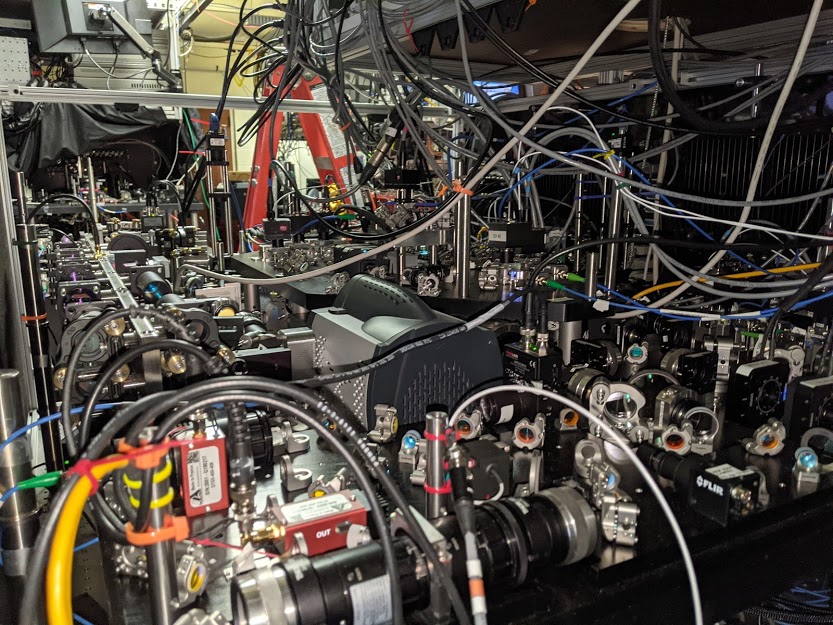
University of Wisconsin–Madison, industry partners run quantum algorithm on neutral atom quantum computer for the first time
• A university-industry collaboration has successfully run a quantum algorithm on a type of quantum computer known as a cold atom quantum computer for the first time. The achievement by the team of scientists from the University of Wisconsin¬–Madison, ColdQuanta and Riverlane brings quantum computing one step closer to being used in real-world applications.
New Report Analyzes Massachusetts Ballot Question on Rideshare and Delivery Companies
A report released today by the Center for State Policy Analysis (cSPA) at Tufts University’s Jonathan M. Tisch College of Civic Life examines a Massachusetts ballot initiative that would give gig drivers some new and valuable protections–but would deny them the full complement of rights traditionally afforded to employees.
Lowering the temperature on a hot topic: a climate change primer
Earth Day presents a good opportunity to help clear up some essential questions about climate change; what it is, what is responsible and how we know it’s real.
Improving Georgia land conservation through algorithms
A team of University of Georgia researchers has created a model to help land developers and public officials identify the land that is best suited for conservation. Led by Fabio Jose Benez-Secanho, a former UGA graduate student, and Puneet Dwivedi, associate professor in the Warnell School of Forestry and Natural Resources, this first-of-its-kind algorithm considers a variety of factors not included in other models when calculating the value of land for conservation.
A new pathway to shrink cancerous tumors through body’s immune cells
Cancer researchers at the Case Western Reserve University School of Medicine say they have successfully suppressed the growth of some solid tumors in research models by manipulating immune cells known as a macrophages.
Using Hundred-Year-Old Chemistry to Capture Carbon Directly From Air
Scientists at Berkeley Lab are working on new approaches to achieve direct air capture of carbon dioxide. Andrew Haddad, a researcher in Berkeley Lab’s Energy Technologies Area with a Ph.D. in inorganic chemistry, talks about how a Nobel Prize-winning chemistry concept from more than a century ago inspired his idea for efficiently capturing CO2.
Kenley’s Story: Living With Spastic Cerebral Palsy
In 2014, Kenley McElroy and her parents visited The Valley Hospital’s Center for Pediatric Spasticity to receive a second opinion on her spastic cerebral palsy. After undergoing a selective dorsal rhizotomy procedure and Achilles Tendon lengthening procedure, Kenley is starting a new chapter and enjoying her favorite activities.
Want to “age in place” someday? Take action now
A new poll shows most adults over 50 want to stay in their home as they age, but many haven’t taken steps that could help them do so. Two experts give advice on ways to prepare, plan and make adjustments gradually.
UN’s Sustainable Development Goals (SDGs) have impact on textile wastewater pollution research
The world’s research effort into wastewater pollution caused by the textiles industry has increased threefold over the past five years, according to a new analysis released this week in the lead up to Earth Day (Friday 22 April).